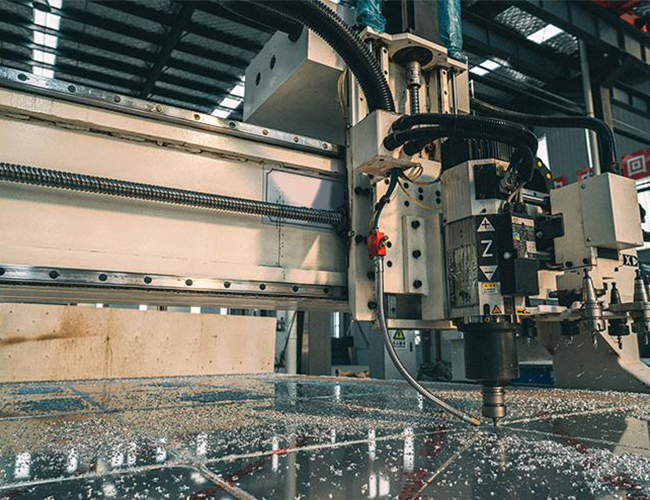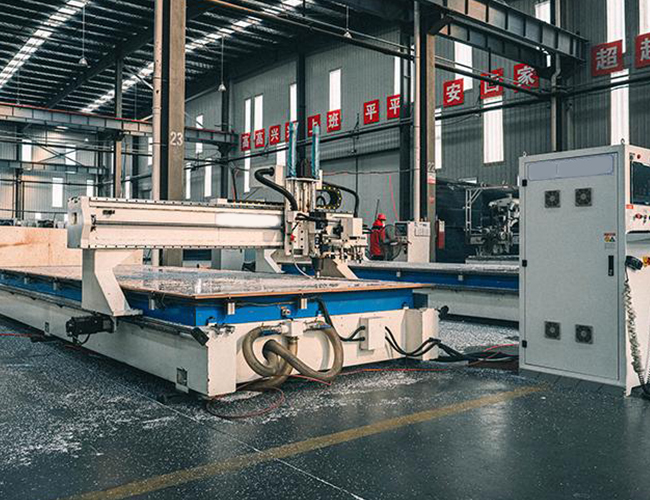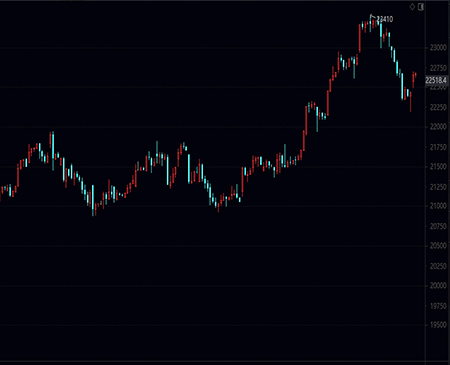First of all, take you to understand the choice of aluminum fin type radiator is what?
According to the requirements of thermal performance, the higher the heat transfer coefficient K value of fin type radiator, the better the heat dissipation performance. In ORDER TO IMPROVE THE heat dissipation capacity of the radiator and increase the heat transfer coefficient of the fin radiator, it is recommended to increase the heat dissipation area of the outer wall, increase the air velocity around the fin radiator, and increase the outward radiation intensity of the radiator. According to the economic requirement, the less metal consumption required for the unit heat transferred to the room, the lower the cost and the better the economy. The metal thermal strength of general fin type heat sink is a sign to measure the economy of heat sink. Metal thermal strength refers to the heat medium in the radiator average temperature and indoor air temperature difference is 1℃.
The heat dissipated by the radiator per kilogram per unit time. This index can be used to measure the economy of the same material radiator. For all kinds of material fin type radiator, its economic evaluation standard should be measured by the cost of heat dissipated per unit of radiator (yuan /w). Installation, use and process requirements # finned tube radiator # should have a certain mechanical strength and bearing capacity; The structural dimension needed by unit time of radiator is convenient in combination forming, and the structural dimension is not easily affected. Finned tube radiator is used more and more widely in life and industry. Many laymen know the importance of finned tubes in radiators.
So one would think that the more aluminum finned tubes, the better. So is this really the case?
The answer is NO.
Finned tube in finned tube radiator is arranged according to certain scientific design, which will affect its performance more or less.
Now let's analyze the reasons.
In terms of process difficulty, if the finned tubes are arranged too closely, the process will increase considerable difficulty. Heat sink manufacturers provide heat sink resistance values usually for radiators with a length of 76.2 mm. Note that the heat sink resistance does not increase linearly with the length (i.e., the depth of the radiator) when the heat sink profile is the same. With the increase of the length, the diffusion resistance will increase because the ratio of the heat source area to the bottom area of the radiator decreases. In this way, the heat transfer benefit from the increase of partial surface area is offset by the increase of diffusion resistance. In addition, the heat transfer efficiency of the heat sink decreases with the increase of the length of the heat sink.
When determining the surface area required by the radiator, the heat dissipation value per unit area is usually given in many articles. This will lead many people to believe that simply increasing the surface area of the radiator will improve the performance of the radiator, which is not the case. The performance of the heat sink depends not only on the surface area but also on all the relevant dimensions of the heat sink, the most critical of which is the spacing between the heat sink fins.
As the spacing between fins decreases at a certain point, the heat transfer deteriorates, mainly due to the increase in the thickness of the thermal boundary layer. The thermal boundary layer is usually described as an area where the air temperature near the surface of the radiator fin is higher than the ambient temperature. The thermal boundary layer is thinnest when air enters the space between the fins and grows along the length of the fins. The closer the spacing between the fins, the faster the thermal boundary layer merges with the adjacent fins. This creates a region of warmer air, which reduces the rate of heat transfer from the radiator surface to the fins. To obtain the lowest temperature of the heat sink and the lowest temperature of the source being cooled, a balance must be struck between the spacing of the heat sink and the surface area of the heat sink.
Because the spacing of radiator fins cannot be reduced infinitely, it is necessary to obtain the best spacing distribution through technical analysis.
At this point, do you have a deeper understanding of the radiator?
If you have any ideas or questions, please feel free to contact Dongheng. As a manufacturer of aluminum products, DONGHENG ALUMINUM will provide you with the most professional service for aluminum radiator fins and other aluminum products.

DONGHENG ALUMINUM is a large-scale industrial and trade integration enterprise integrating R&D, production and sales. The company has more than 100 outstanding employees and is located in the beautiful Qingdao. Mainly engaged in the production and sales of aluminum sheets, foils and coils. The company's scale has been continuously expanded, and its sales network has covered more than 60 countries around the world. The company takes the initiative to undertake social responsibilities, and regards ecological environmental protection as the key task of development.

In April 2022, Dongheng Group made plans for the market development department. For indust...
View Details
On March 28, 2022, more than 30 foreign trade sales teams carried out product professional...
View Details
Lead: London aluminum futures have become one of the best-performing metals on the London ...
View Details
LET'S GET IN TOUCH AND COMMUNICATE!


We will contact you within 24 hours.